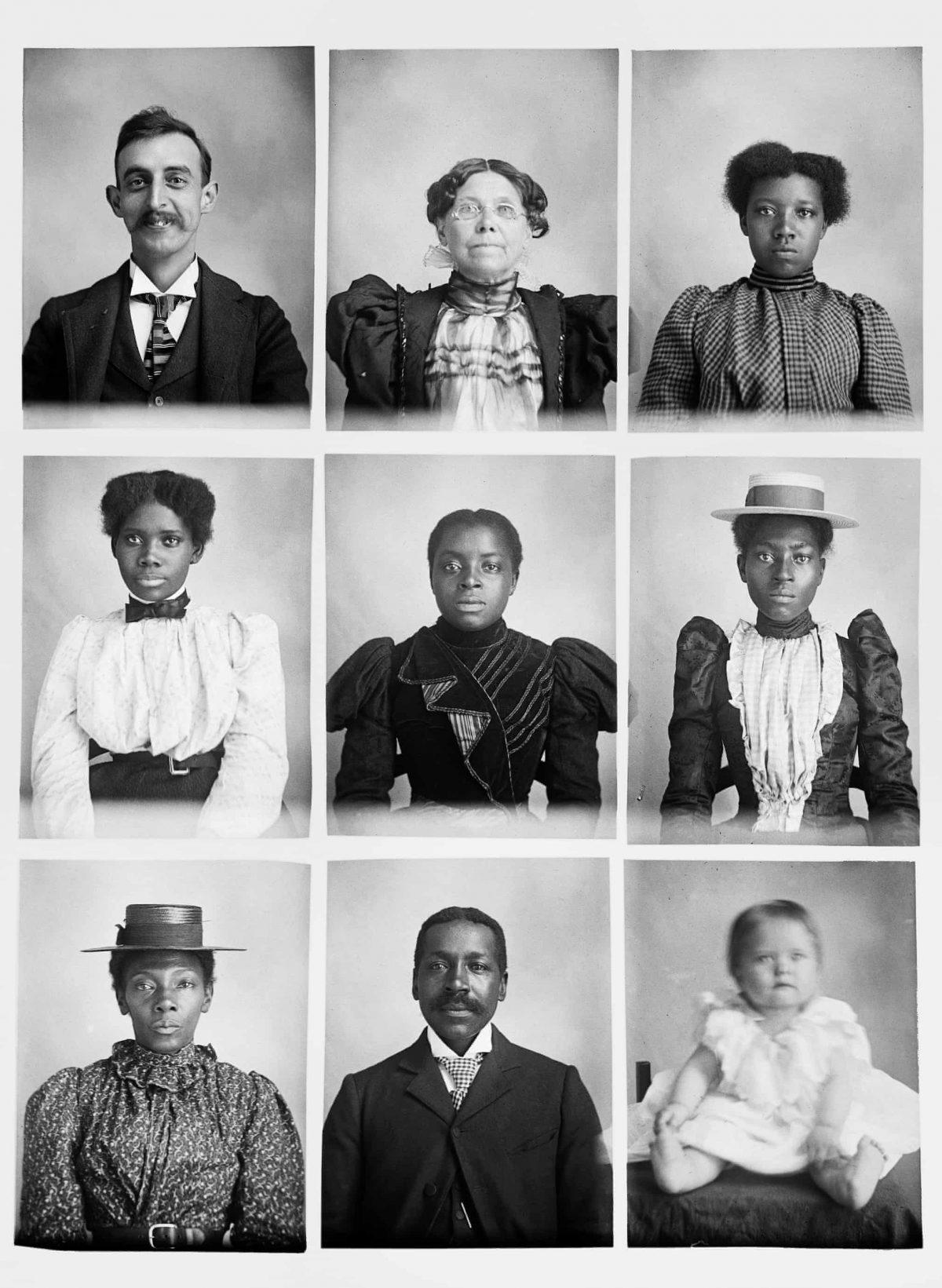Hugh Mangum,(June 3, 1877 – March 12, 1922) worked in the American South between 1897 and 1922 at the height of Jim Crow segregation laws. He kept an open door policy in his itinerant and studio portraiture, and welcomed blacks and whites alike.
Beginning his career in the early 1890s, Mangum’s Penny Picture camera allowed multiple and distinct exposures on a single glass plate negative. The order of the images on a single glass plate reflects the sequence in which Mangum’s clientele sat for him each day.
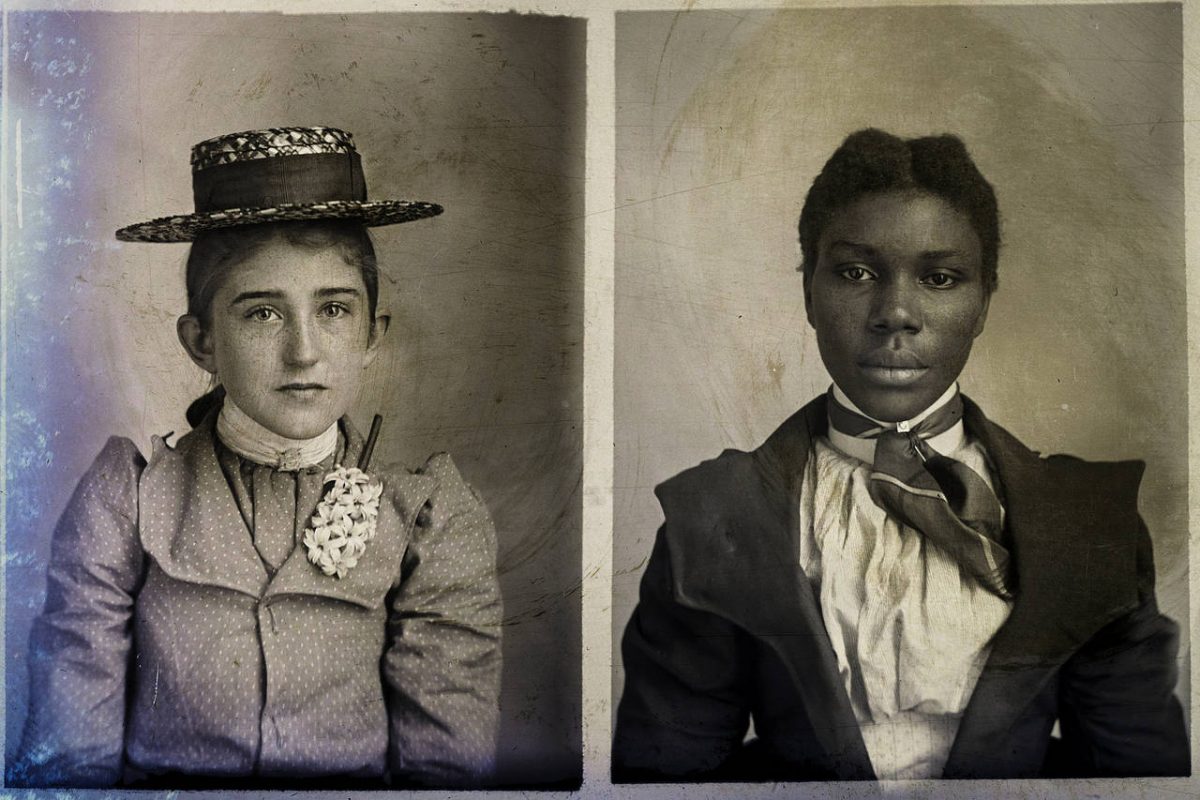
Self-taught photographer Hugh Mangum was born in 1877 in the newly incorporated, tobacco-fueled boomtown of Durham, North Carolina. As an itinerant portraitist working primarily in North Carolina and Virginia in the shadow of the segregationist laws of the Jim Crow era, Mangum welcomed into his temporary studios a clientele that was both racially and economically diverse. After his death in 1922, his glass plate negatives remained stored, out of sight, in a tobacco barn on his family farm for 50 years. Slated for demolition in the 1970s, the barn was saved at the last moment, and with it, this surprising and unparalleled document of life at the turn of the 20th century, a turbulent time in the history of the American South.
– Duke University, The Hugh Mangum Photographs Collection
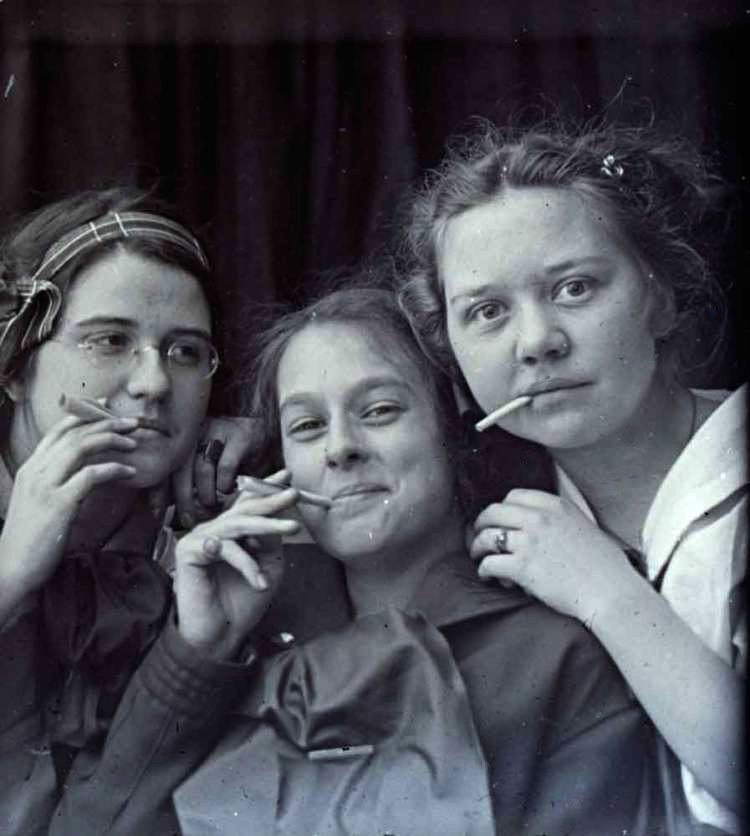
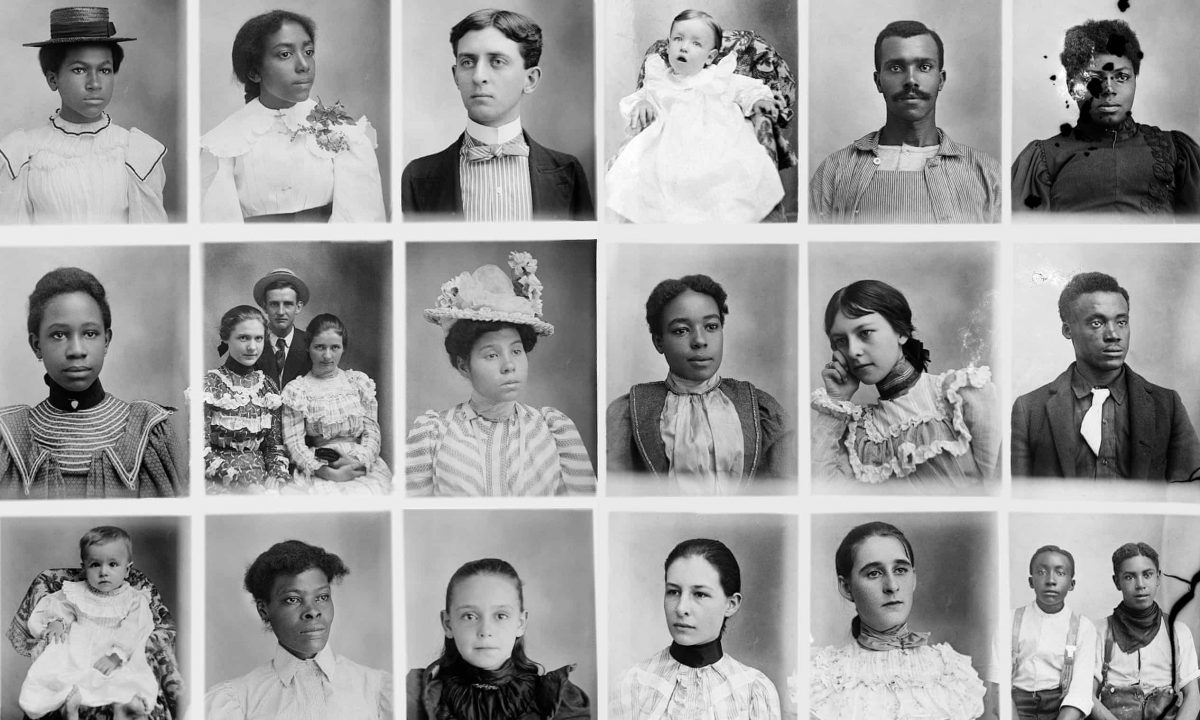
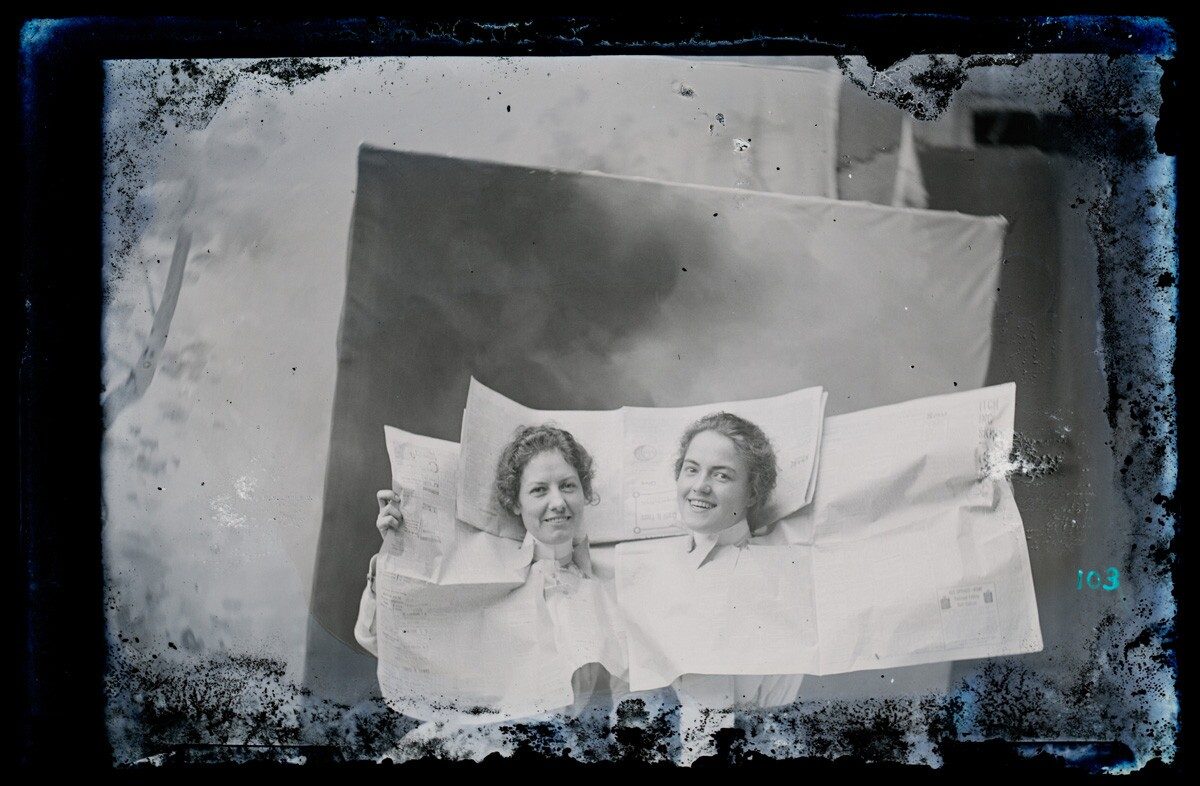
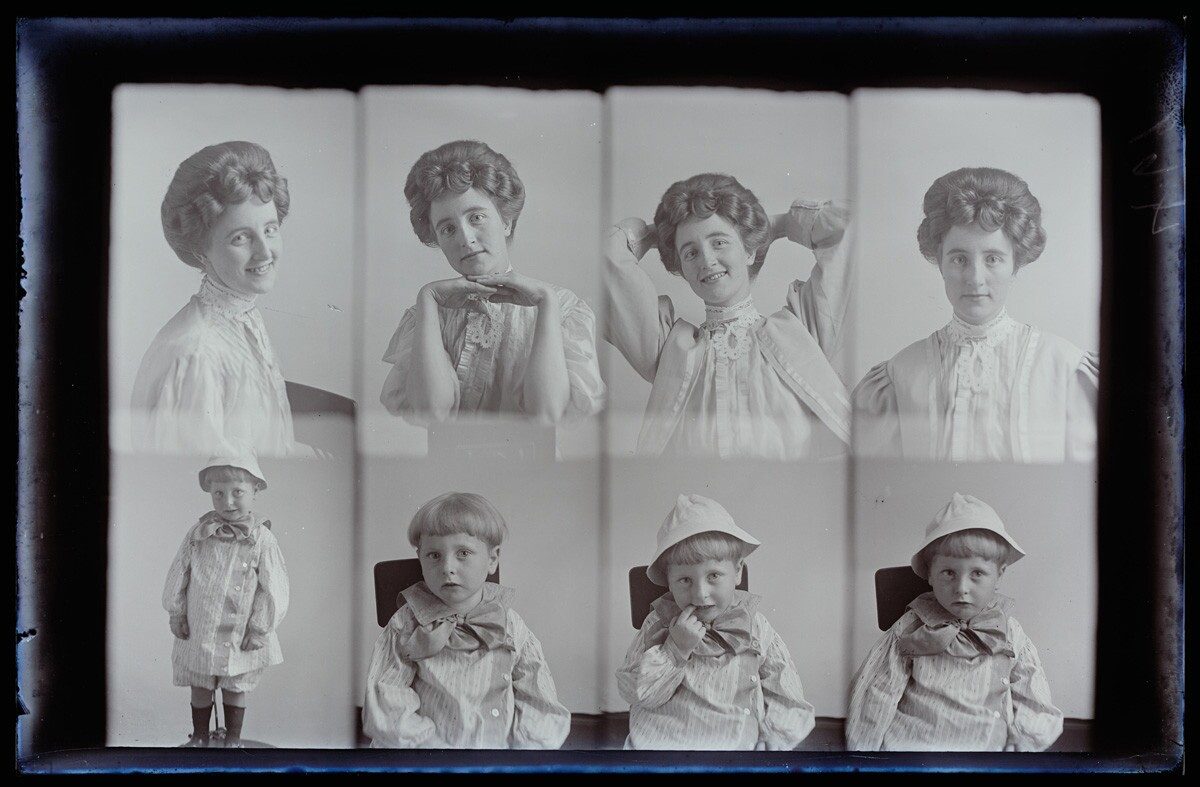
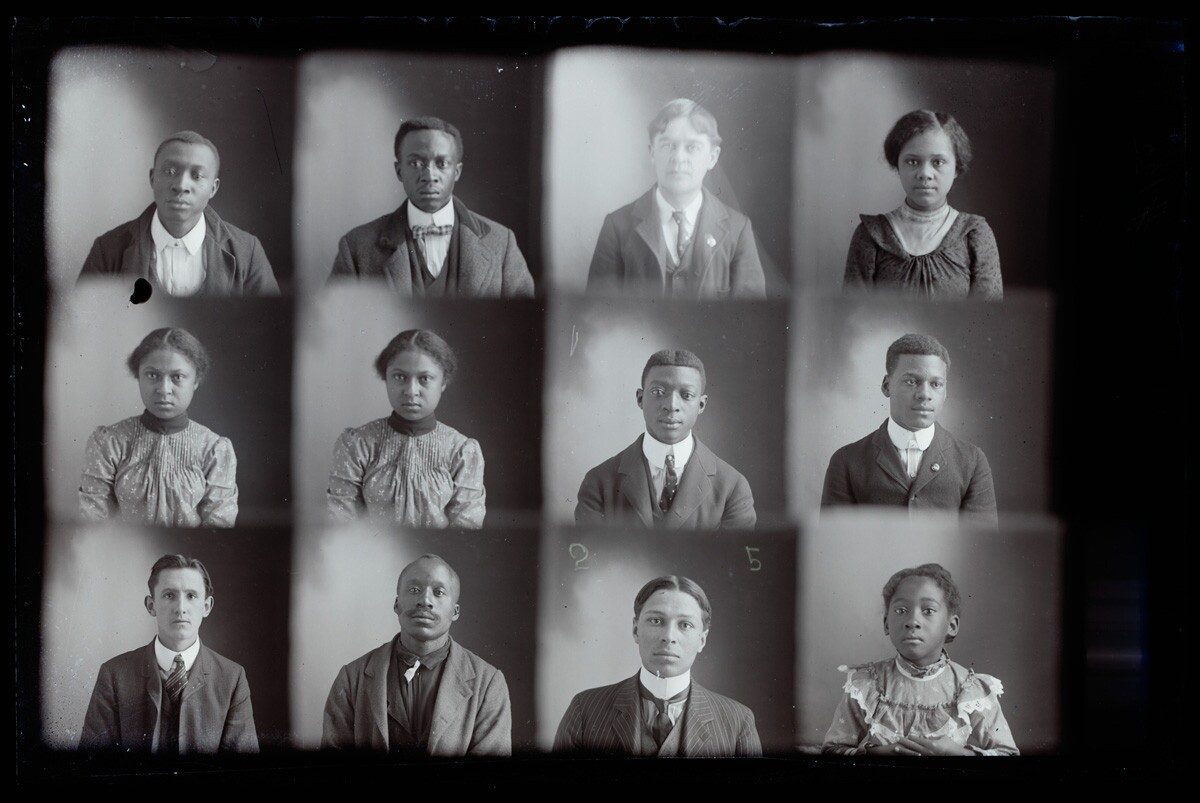
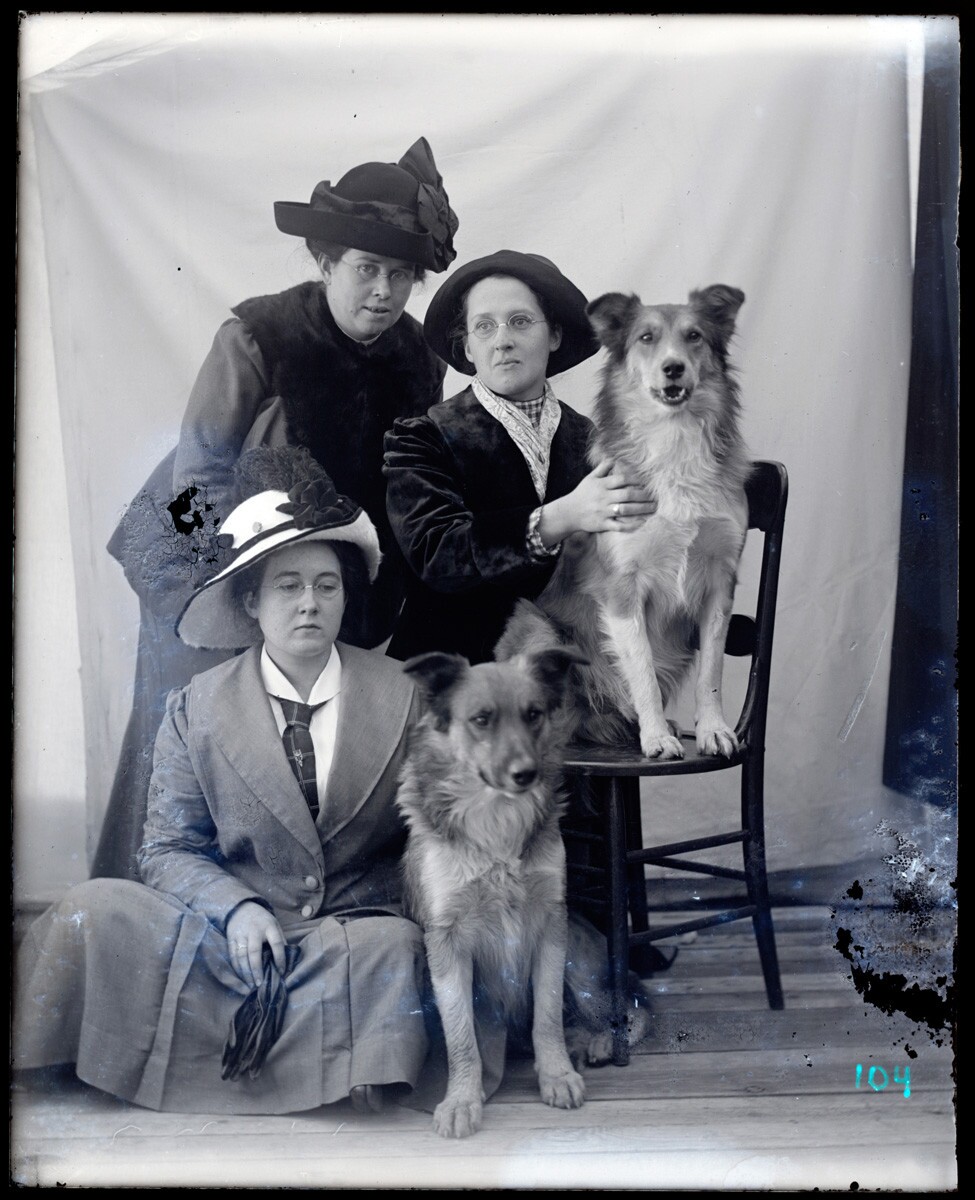

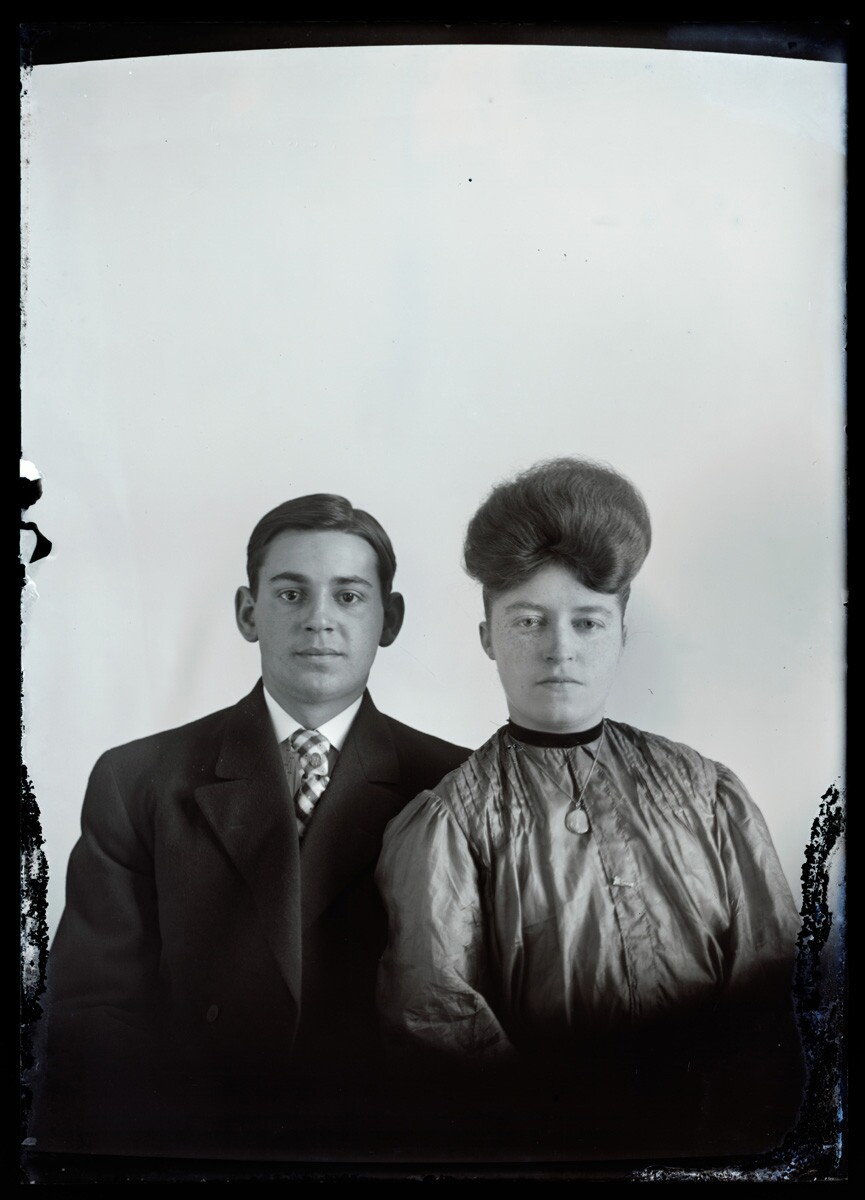
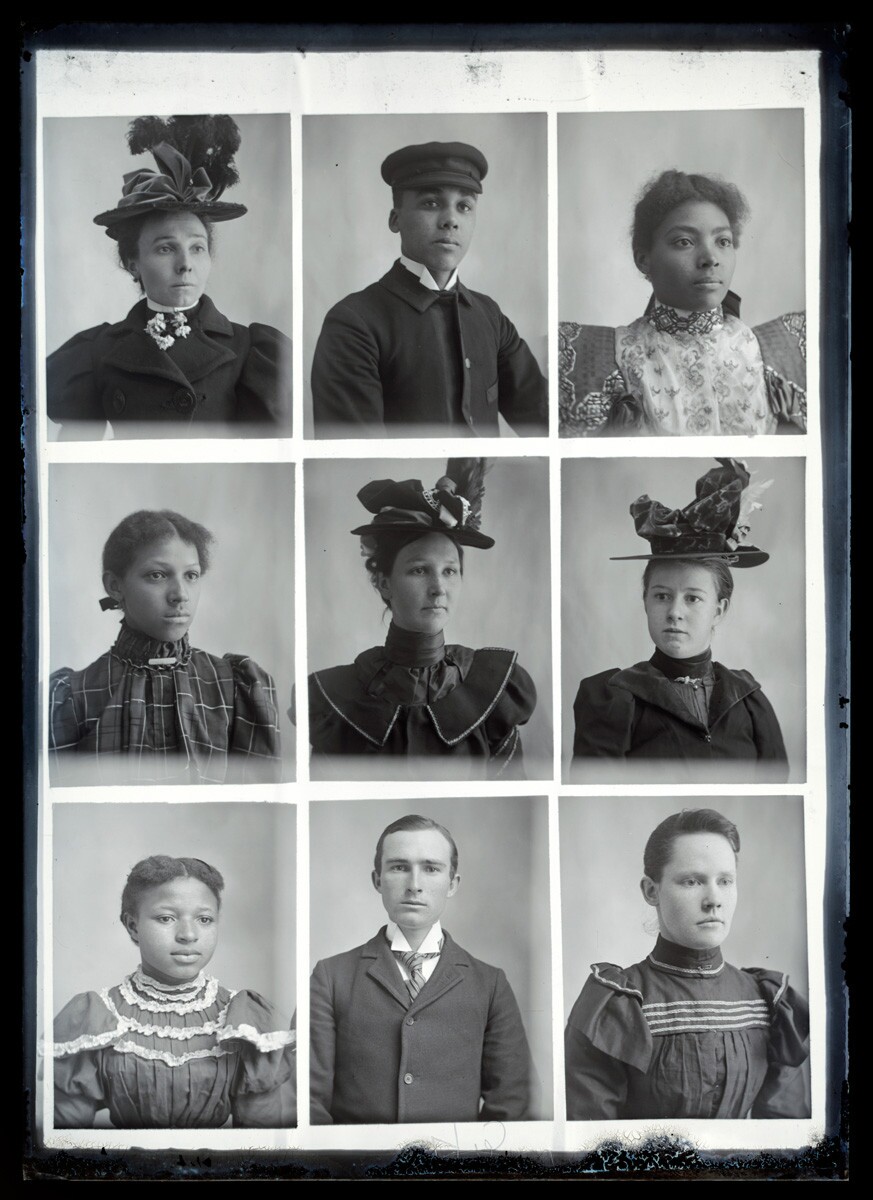

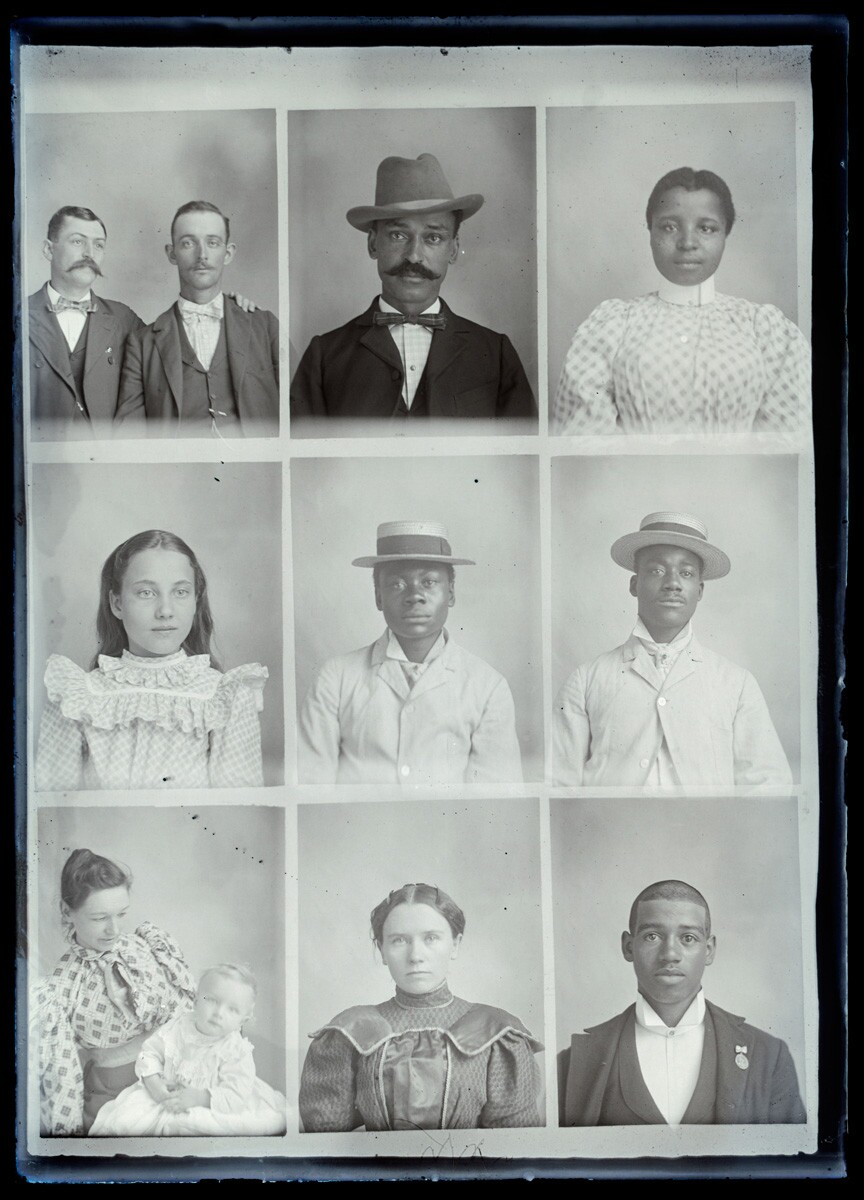
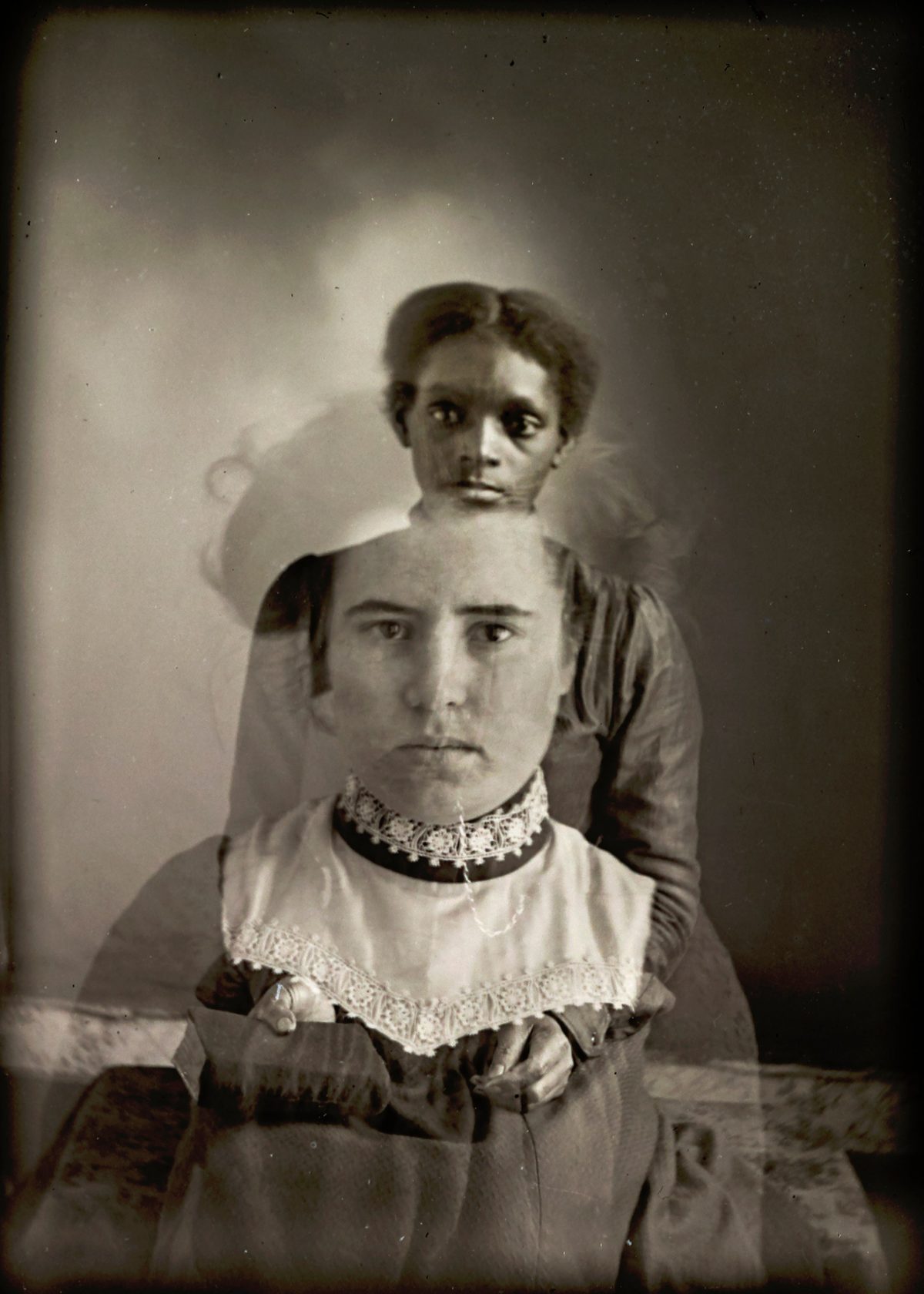

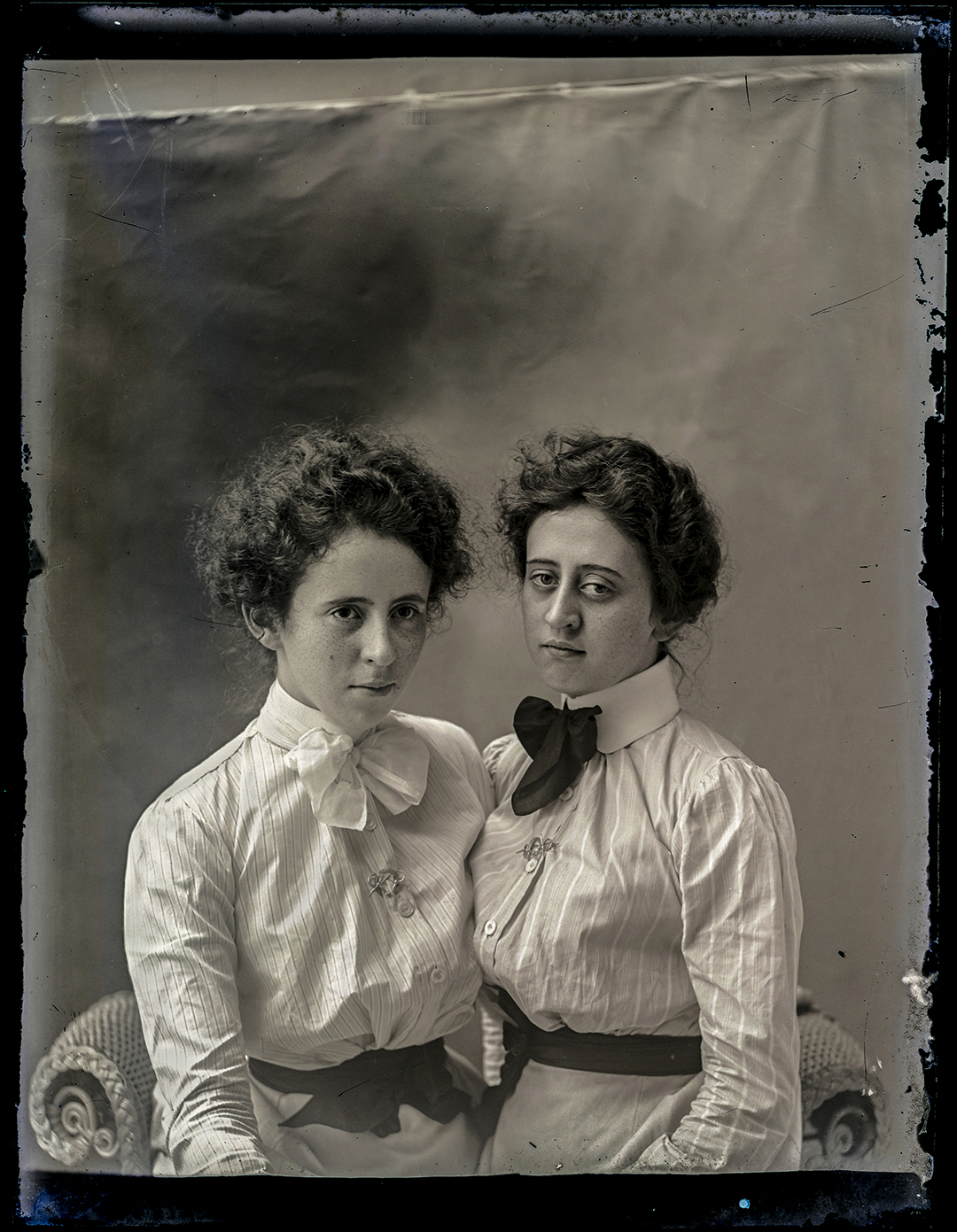
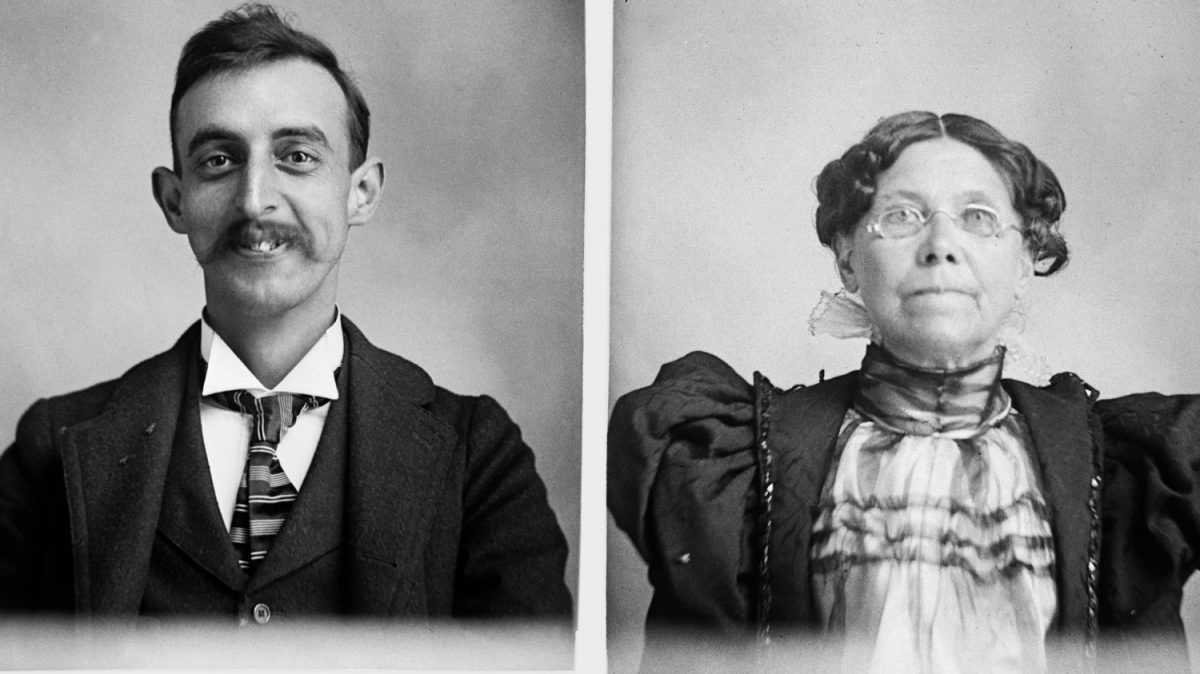
A photograph by Hugh Mangum from Photos Day or Night: The Archive of HughMangum, by Sarah Stacke

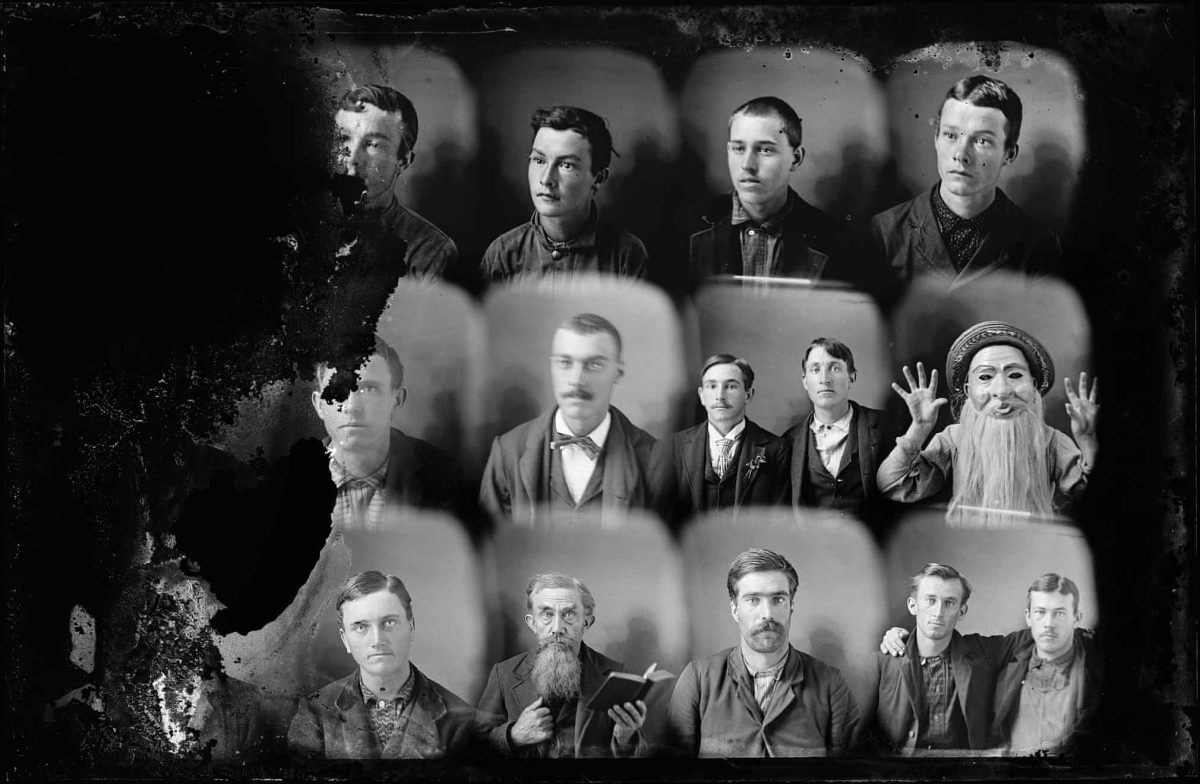

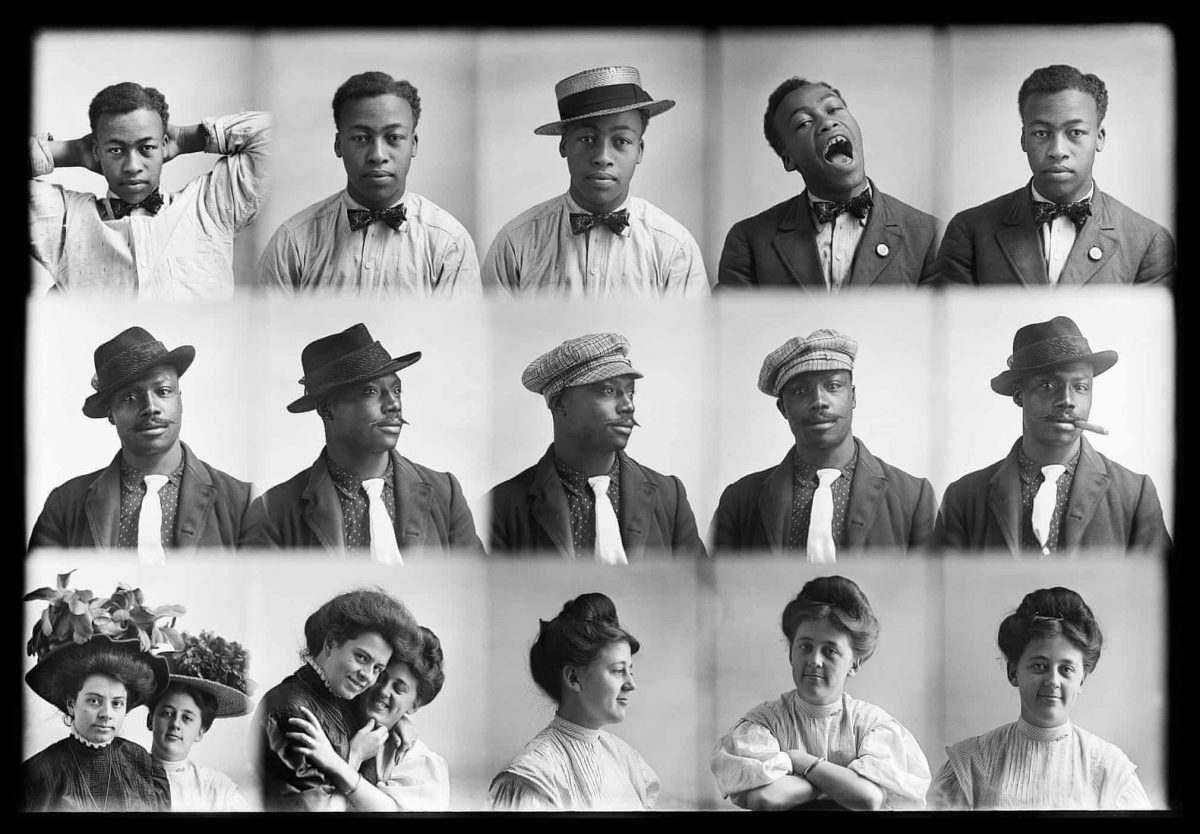
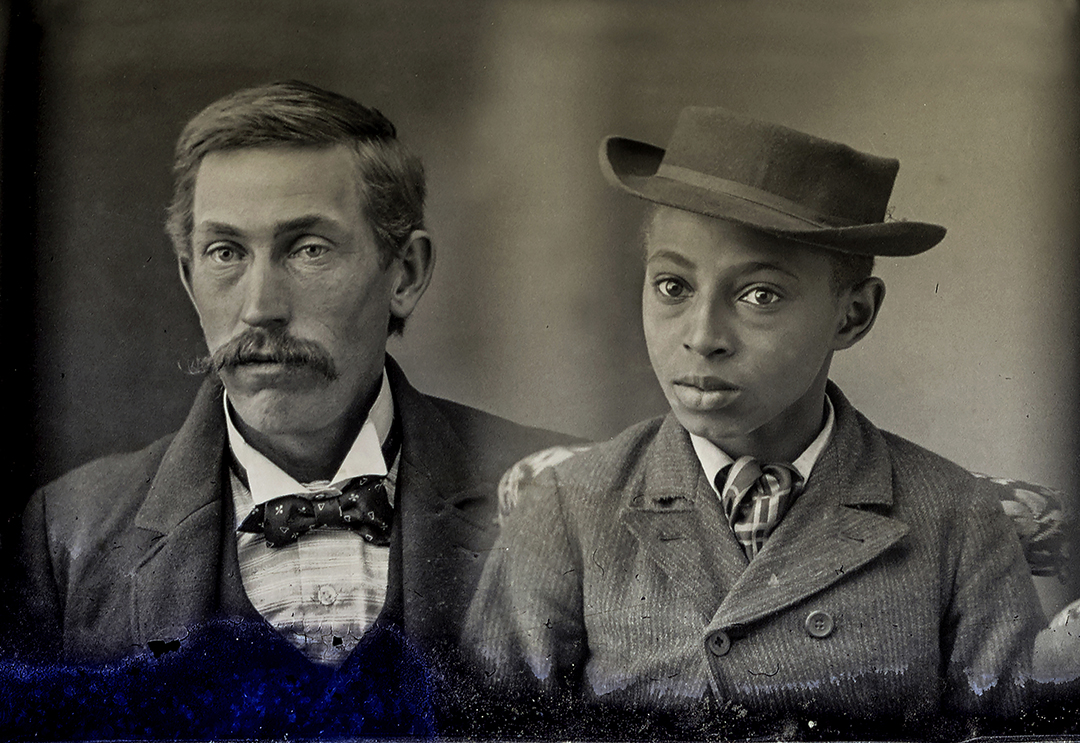
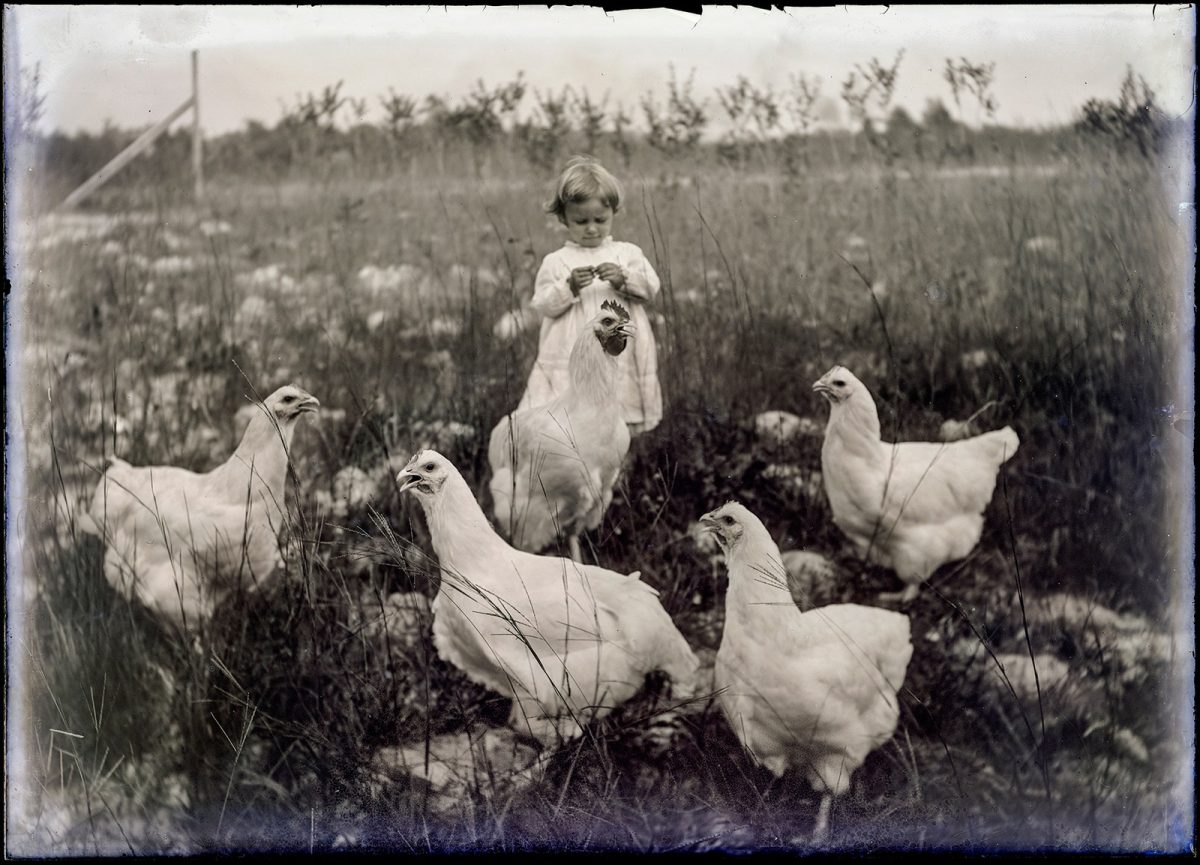


Hugh Mangum
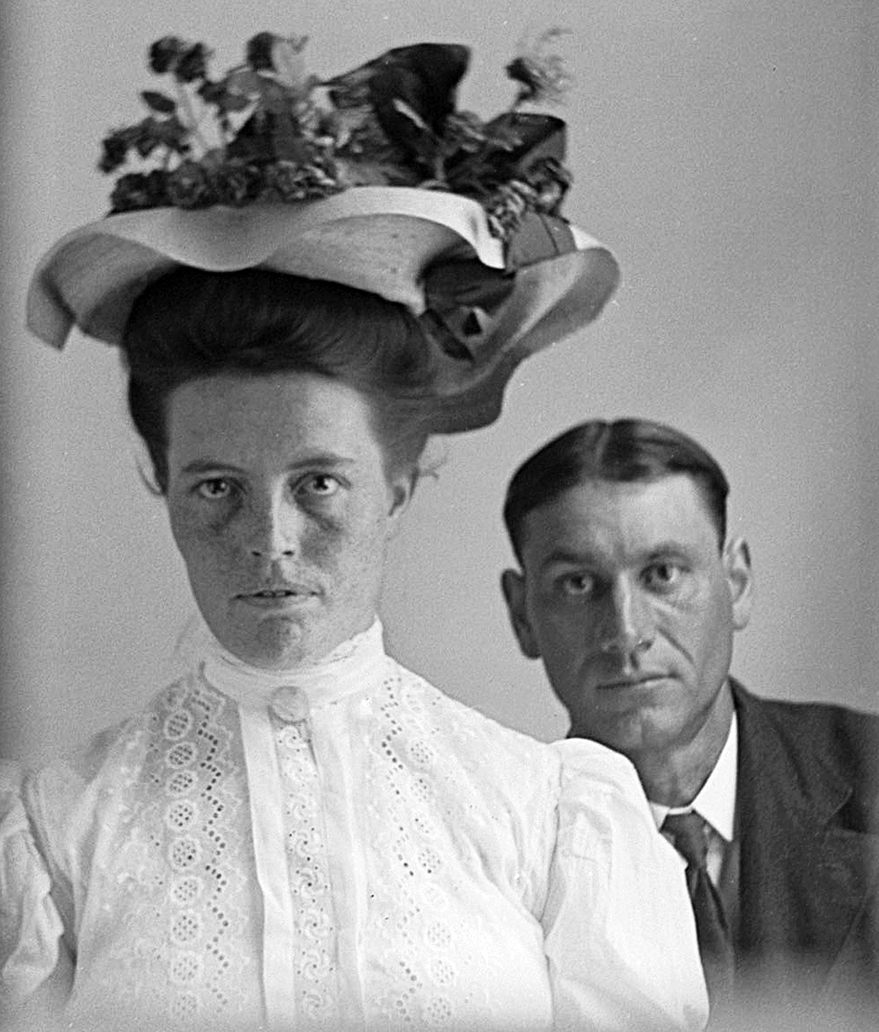
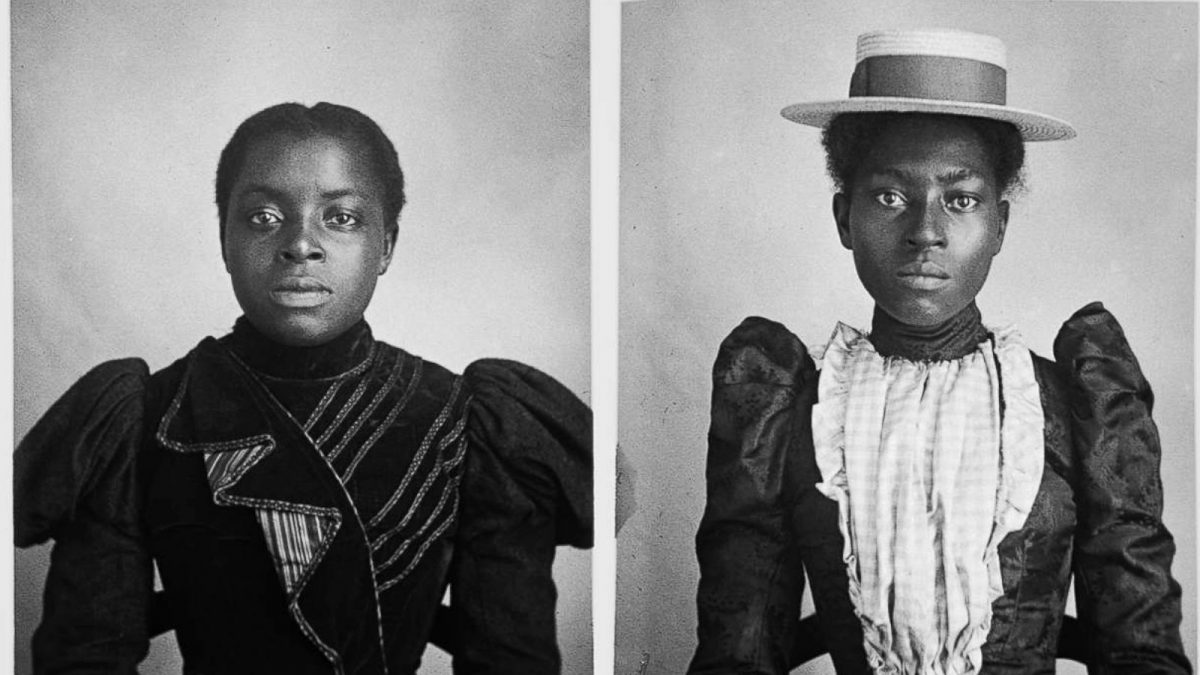
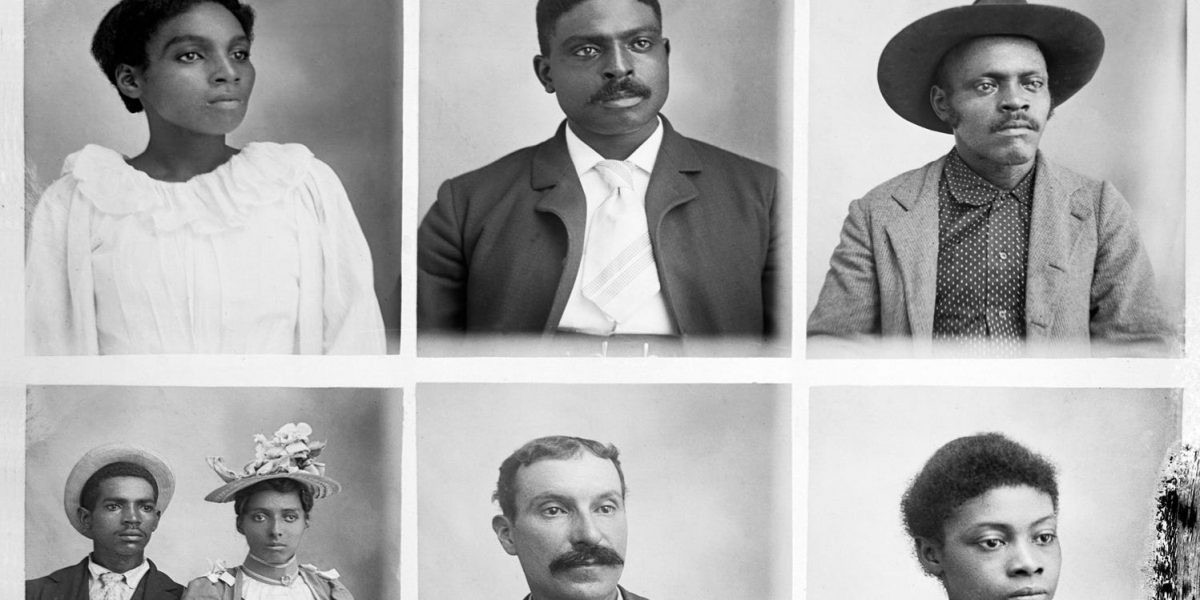
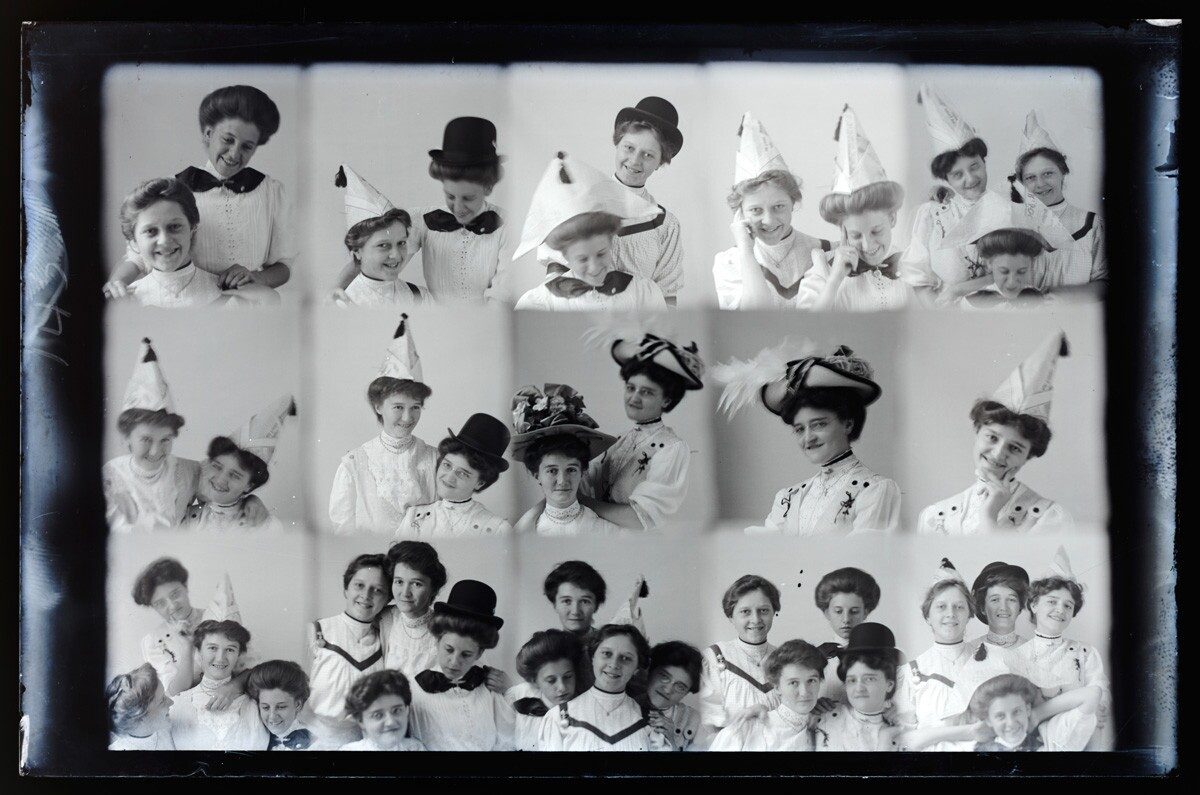
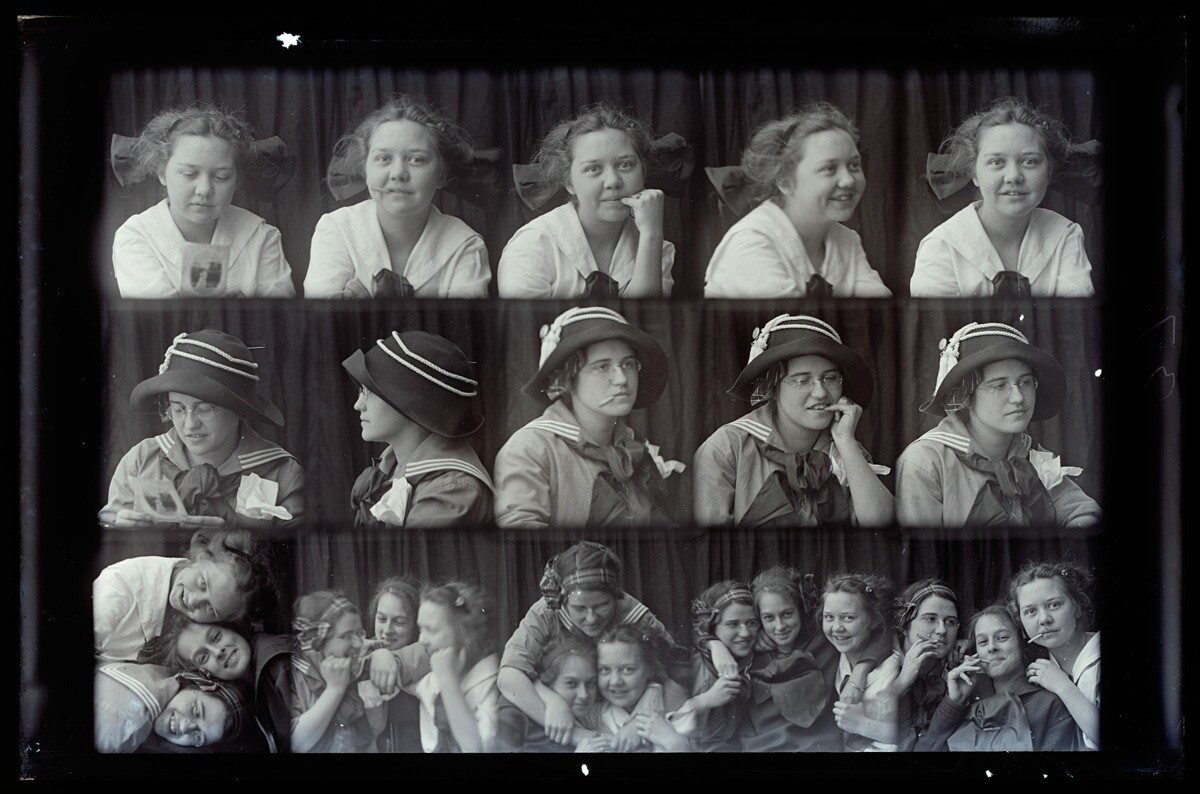

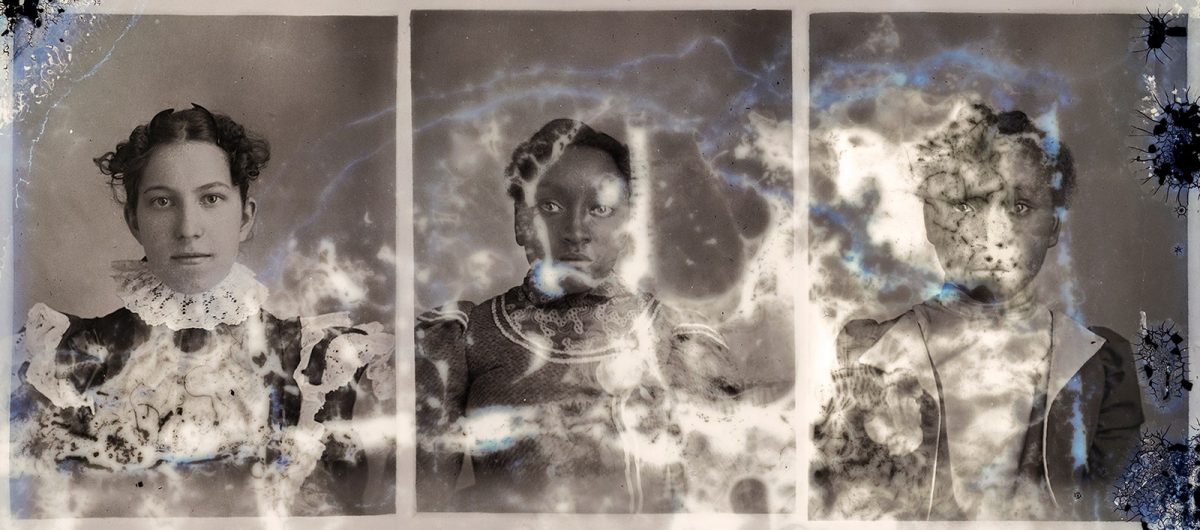
Would you like to support Flashbak?
Please consider making a donation to our site. We don't want to rely on ads to bring you the best of visual culture. You can also support us by signing up to our Mailing List. And you can also follow us on Facebook, Instagram and Twitter. For great art and culture delivered to your door, visit our shop.




